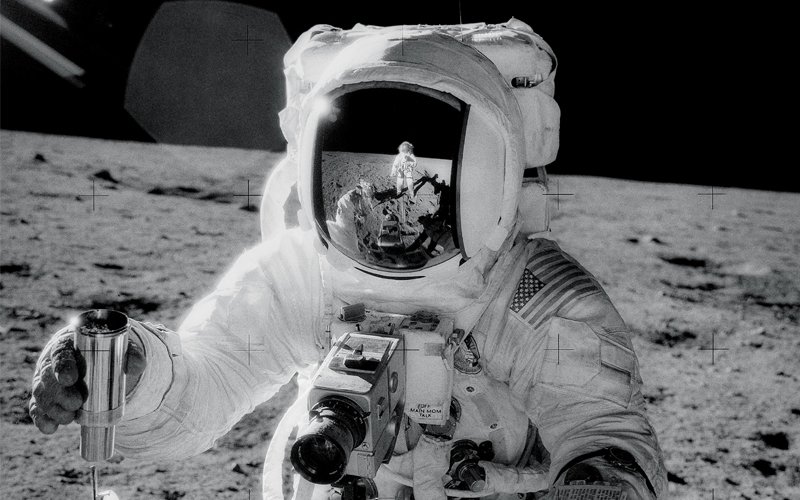The United States has been a driving force in space exploration for over six decades, setting the stage for humanity’s greatest cosmic achievements. From the early days of the space race to the current push for Mars colonization, the U.S. has led the charge in exploring the final frontier. Through innovation, international collaboration, and ambitious goals, NASA and private space companies are shaping the future of space travel. This article delves into America’s past accomplishments, present missions, and future aspirations in space.
A Historic Journey: The Early Days of U.S. Space Exploration
The U.S. space program was born out of necessity during the Cold War era. After the Soviet Union launched Sputnik 1 in 1957, the U.S. felt an urgent need to catch up in the space race. This led to the establishment of the National Aeronautics and Space Administration (NASA) in 1958, marking the beginning of America’s commitment to space exploration.
One of the most defining moments in U.S. space history occurred on July 20, 1969, when Apollo 11 landed on the moon. As Neil Armstrong set foot on the lunar surface, he uttered the legendary words, “That’s one small step for man, one giant leap for mankind.” This historic event not only established American superiority in space but also sparked a wave of global enthusiasm for interstellar exploration.
Following the Apollo missions, NASA focused on long-term space presence, leading to the development of the Space Shuttle program in the 1980s. The shuttle was a reusable spacecraft that revolutionized how humans accessed space, allowing for routine missions, satellite deployments, and the construction of the International Space Station (ISS).
The Present: Sustaining U.S. Leadership in Space
Today, the U.S. is at the forefront of both government and commercial space exploration. NASA continues to push scientific boundaries while private companies such as SpaceX, Blue Origin, and Boeing are transforming space travel.
International Space Station (ISS): A Hub for Innovation
Since its launch in 2000, the ISS has served as a collaborative laboratory in low Earth orbit. Hosting astronauts from the U.S., Russia, Europe, Japan, and Canada, the ISS has been instrumental in conducting medical, biological, and technological experiments. These studies help scientists prepare for longer missions, such as those planned for Mars.
NASA recently announced plans to extend the ISS program until at least 2030, ensuring continued international partnerships and advancements in space research. However, discussions have begun on transitioning to private space stations after the ISS is retired, with companies like Axiom Space and Blue Origin’s Orbital Reef working on commercial replacements.
The Rise of Private Space Companies
Private industry has played a crucial role in the modern era of U.S. space exploration. SpaceX, founded by Elon Musk, has pioneered reusable rocket technology, significantly reducing the cost of space travel. The Falcon 9 and Starship rockets have demonstrated capabilities that were once thought impossible, such as launching massive payloads and landing booster rockets for reuse.
NASA’s Artemis program has also partnered with private companies, outsourcing key aspects of lunar exploration. SpaceX’s Starship has been selected to serve as the lunar lander for Artemis III, which aims to return astronauts to the Moon by 2027.
Mars Missions and Deep Space Exploration
Mars is the next big goal for U.S. space exploration. NASA’s Perseverance rover, launched in 2020, is currently exploring the Martian surface, collecting samples that will eventually be returned to Earth. The next major milestone will be sending humans to Mars, an endeavor that could happen as early as the 2030s.
The James Webb Space Telescope (JWST), launched in 2021, is another revolutionary project. The telescope has provided unprecedented views of deep space, helping scientists understand the origins of the universe. Such missions highlight America’s commitment to leading astronomical discoveries.
The Future: Ambitious Plans and Challenges Ahead
The future of U.S. space exploration is filled with bold objectives, including permanent moon settlements, interplanetary travel, and beyond. However, these ambitions come with challenges.
Artemis Program: A Return to the Moon
NASA’s Artemis program aims to land the first woman and the first person of color on the Moon by 2027. Unlike the Apollo missions, Artemis intends to establish a permanent lunar presence as a stepping stone for Mars. The program will construct the Lunar Gateway, a small space station orbiting the Moon, serving as a hub for future missions.
Private companies, such as SpaceX and Blue Origin, are providing key technologies for Artemis, making the U.S. space program a hybrid of public and private collaboration.
Mars: The Next Frontier
The long-term goal of U.S. space exploration is to establish a human presence on Mars. NASA and SpaceX are working on technologies to make this possible. The Starship rocket, once fully operational, could transport humans to Mars within the next two decades.
However, challenges remain. Radiation exposure, psychological stress, and sustainability are critical issues that need solutions before long-duration Mars missions can occur.
Challenges Facing U.S. Space Exploration
- Funding and Political Support: Space missions require enormous financial investments, and changes in government administrations often lead to shifting priorities.
- International Competition: China and Russia are rapidly advancing their space programs, challenging U.S. dominance.
- Space Debris: The growing amount of space junk poses a risk to both astronauts and satellites.
- Ethical and Legal Issues: As space travel expands, questions regarding ownership, resource utilization, and militarization must be addressed.
Conclusion: The U.S. Leading the Way
The U.S. has cemented its place as a leader in space exploration, from the Apollo Moon landings to modern-day Mars missions. With groundbreaking initiatives like the Artemis program and collaborations with private companies, America is on the cusp of the next great space age.
While challenges remain, the vision for the future is clear: expand humanity’s reach beyond Earth and establish a lasting presence in space. As technology advances and international partnerships grow, the dream of interplanetary travel is closer than ever.
As the world watches, one thing is certain—America’s space odyssey is far from over.
More Updates : USA Glory.






